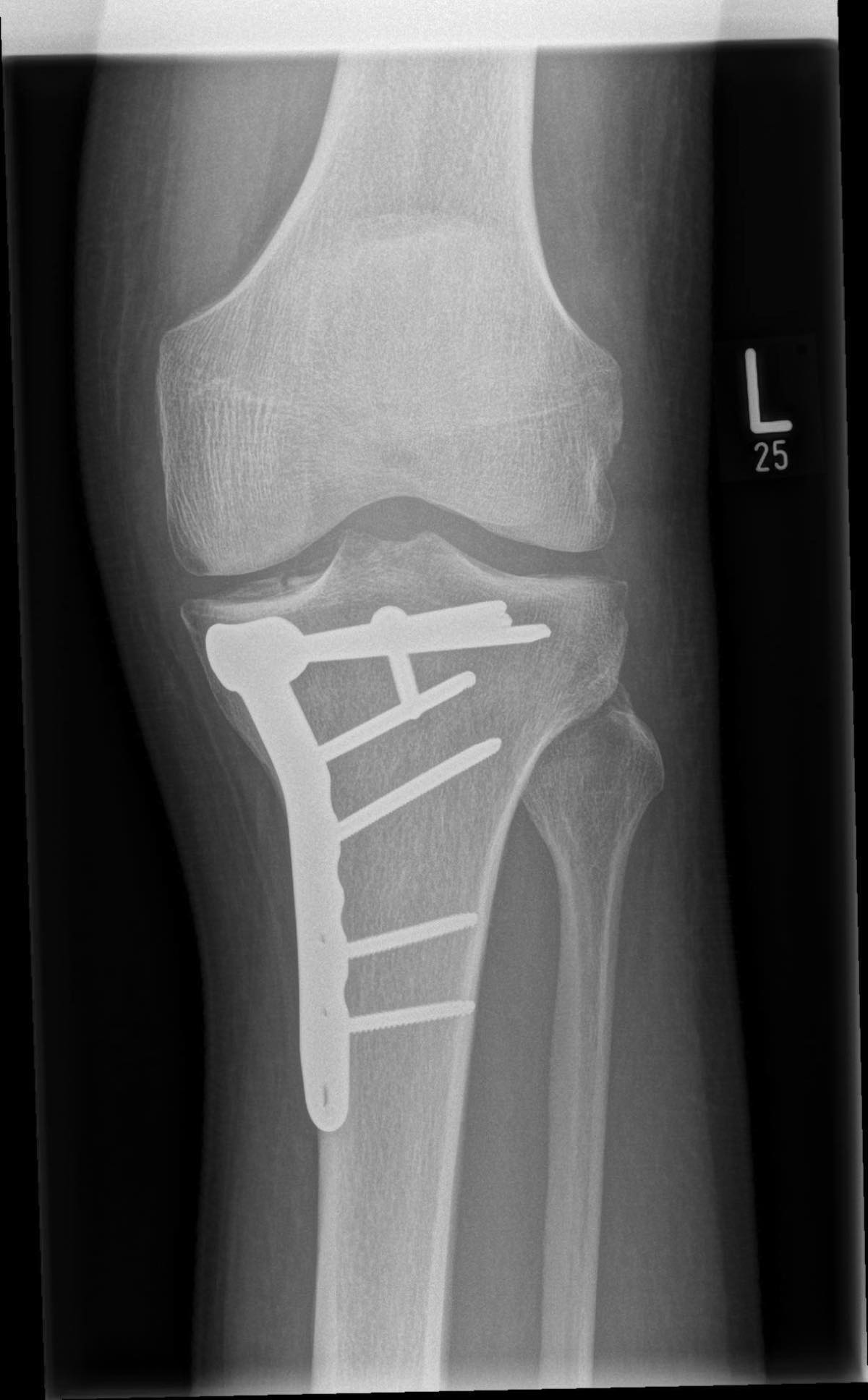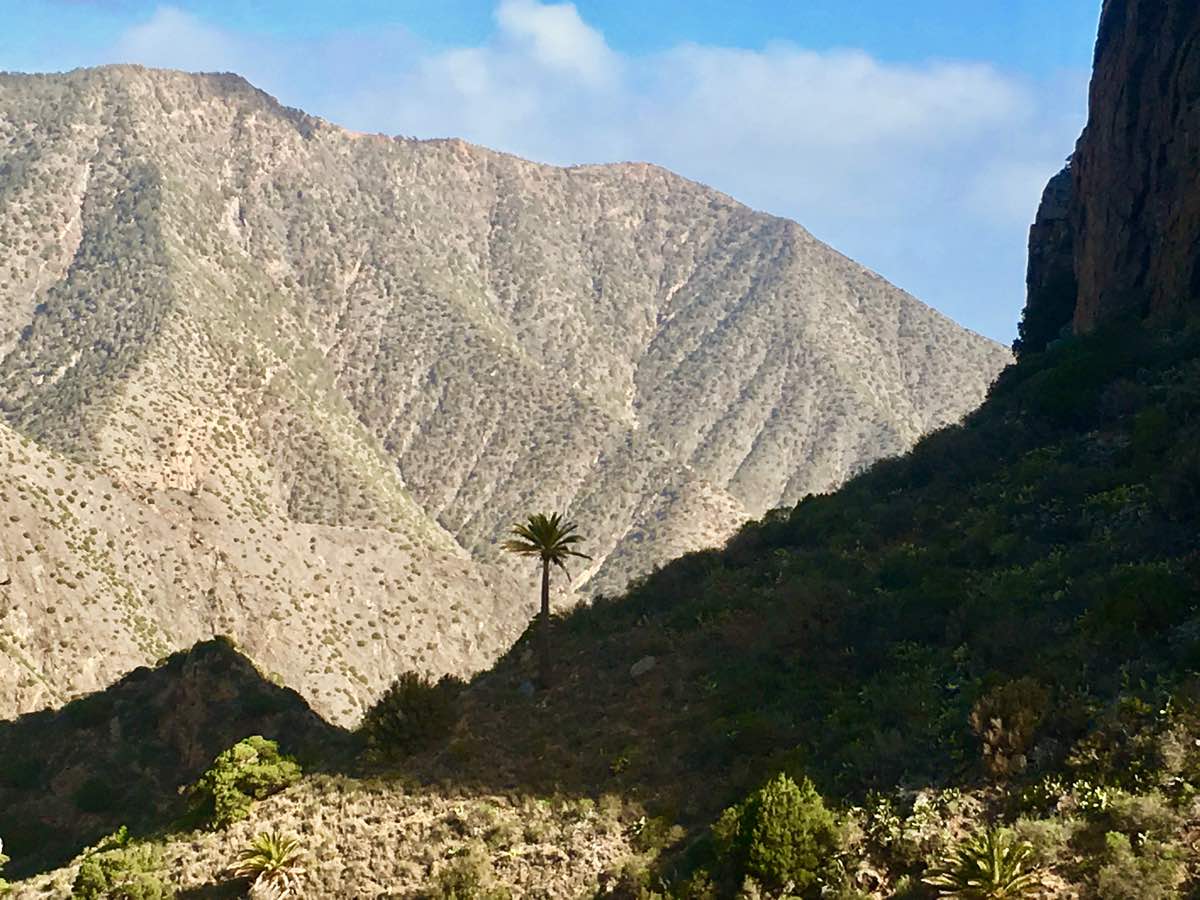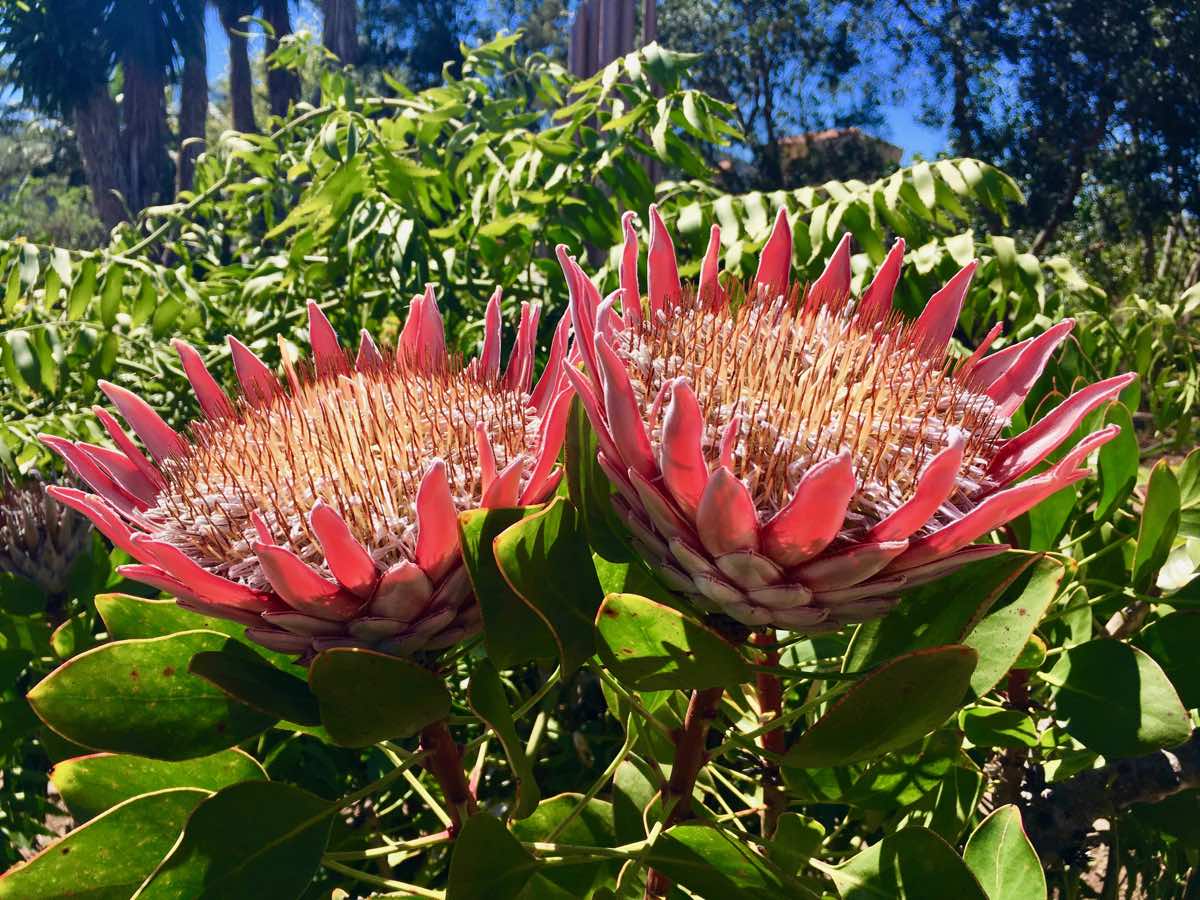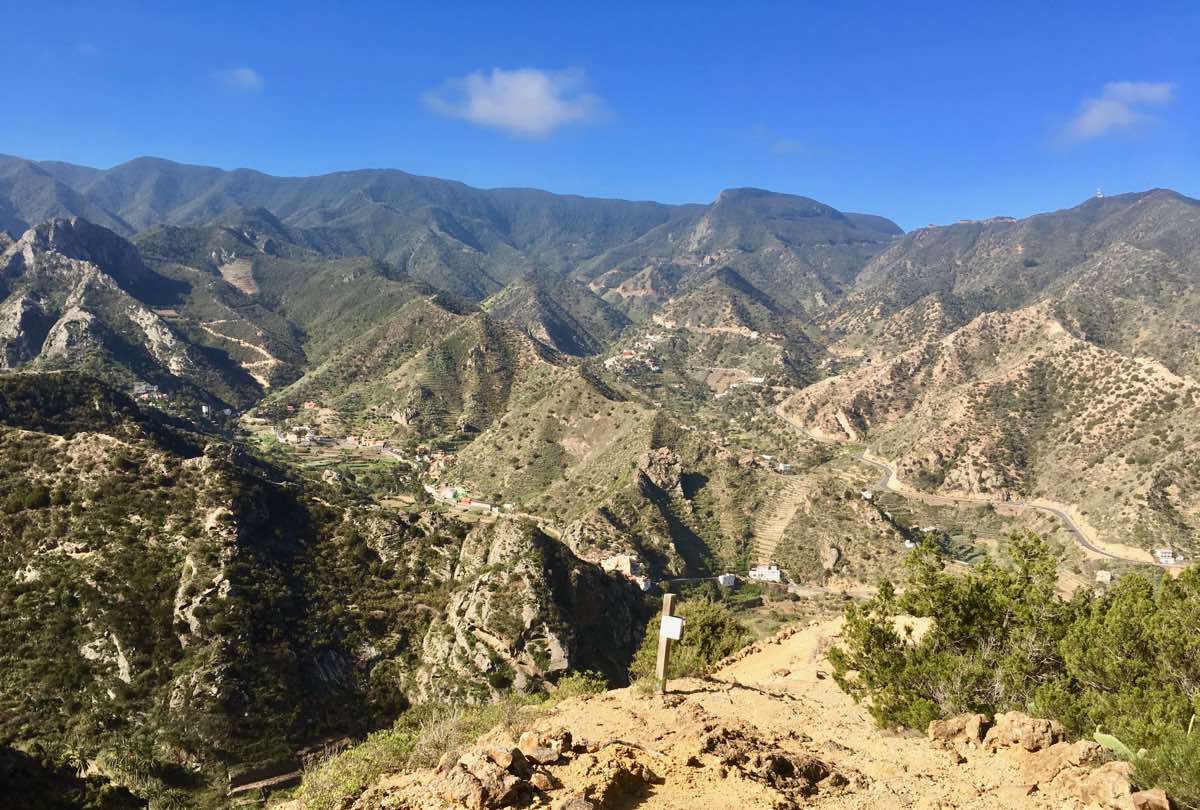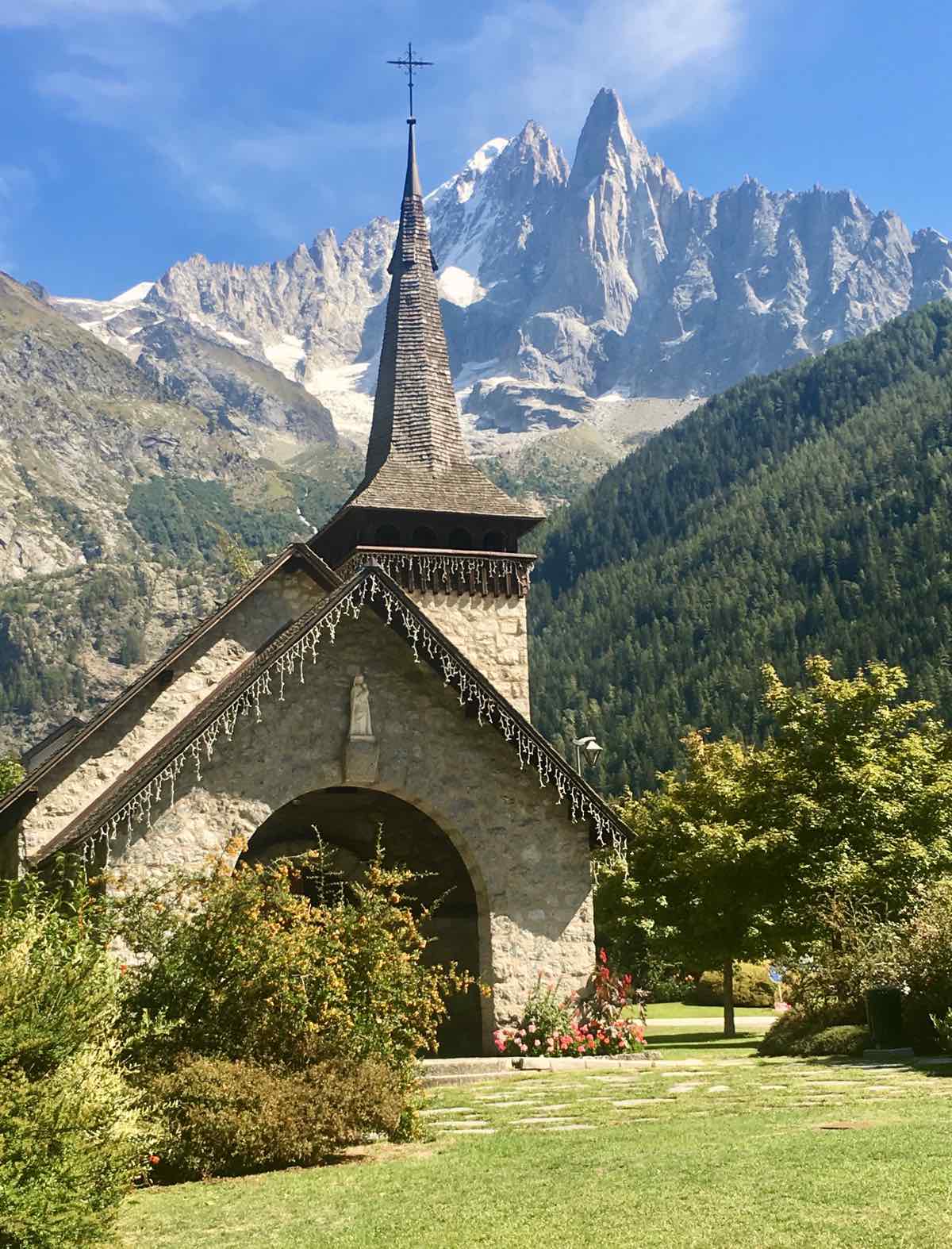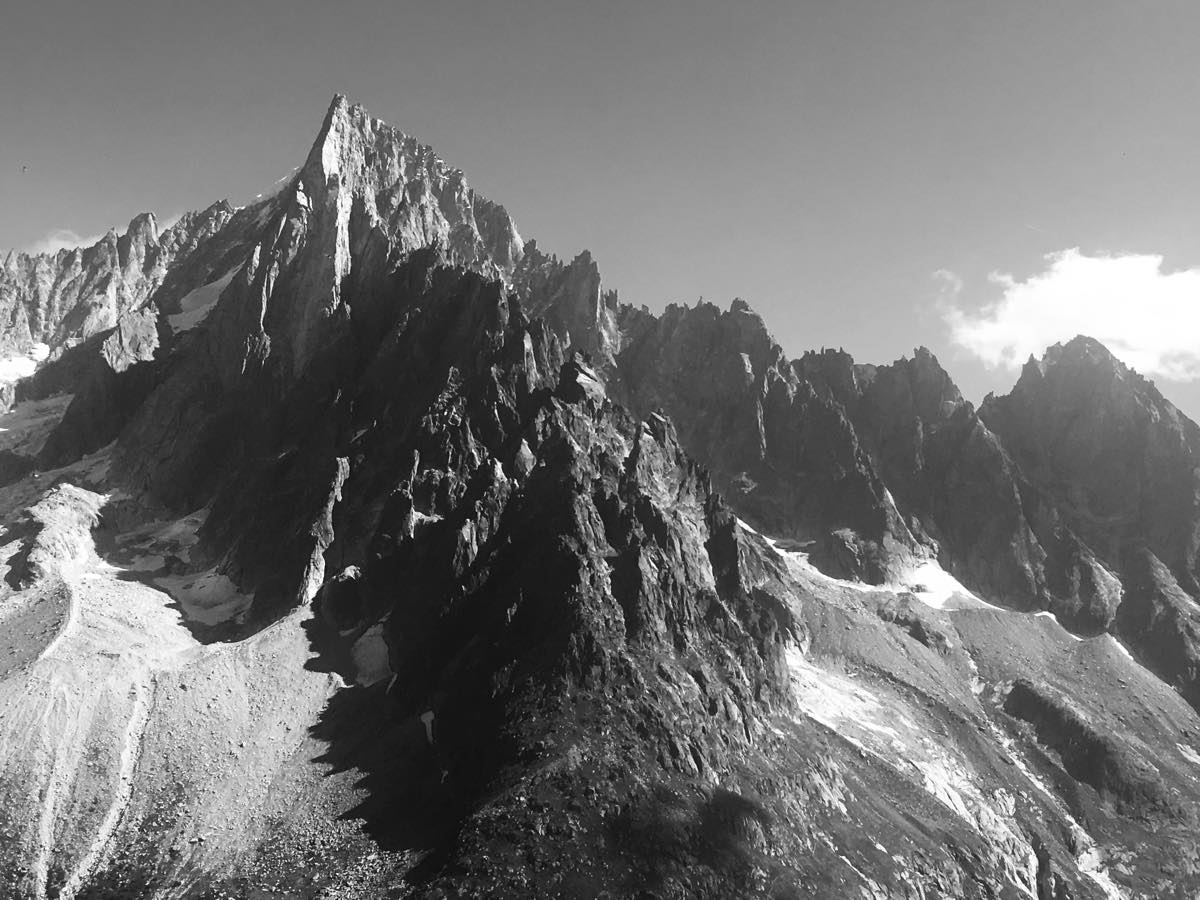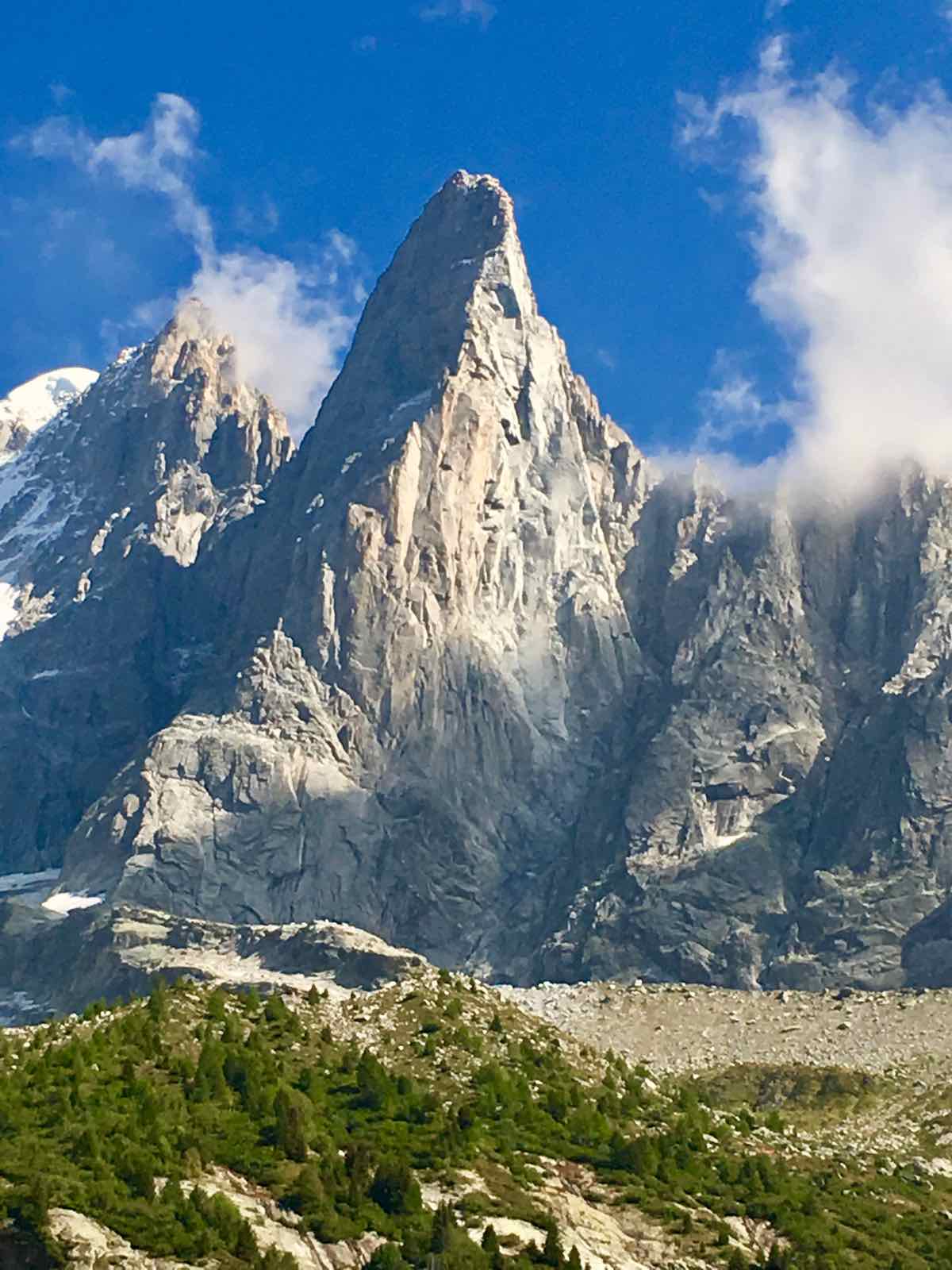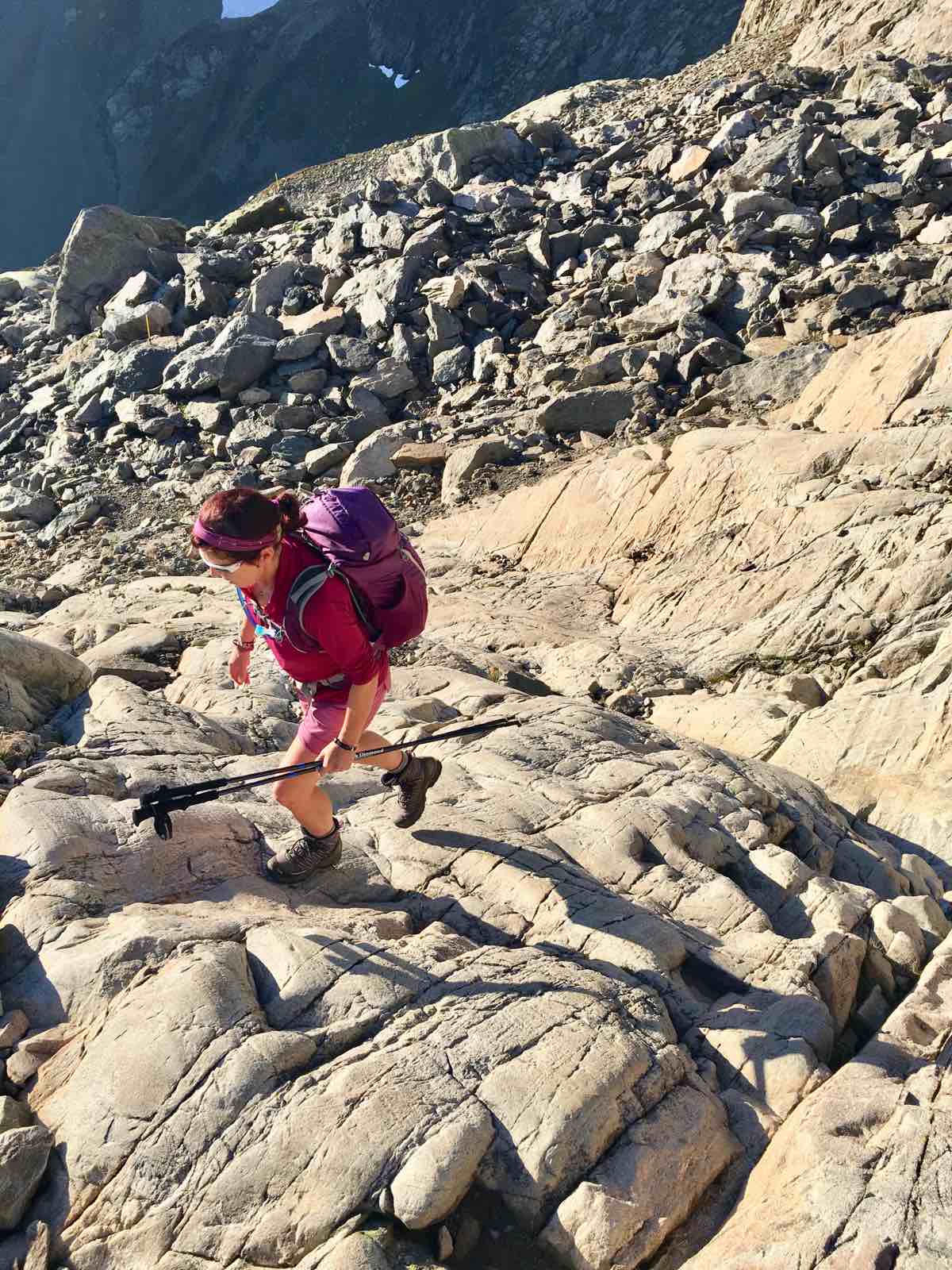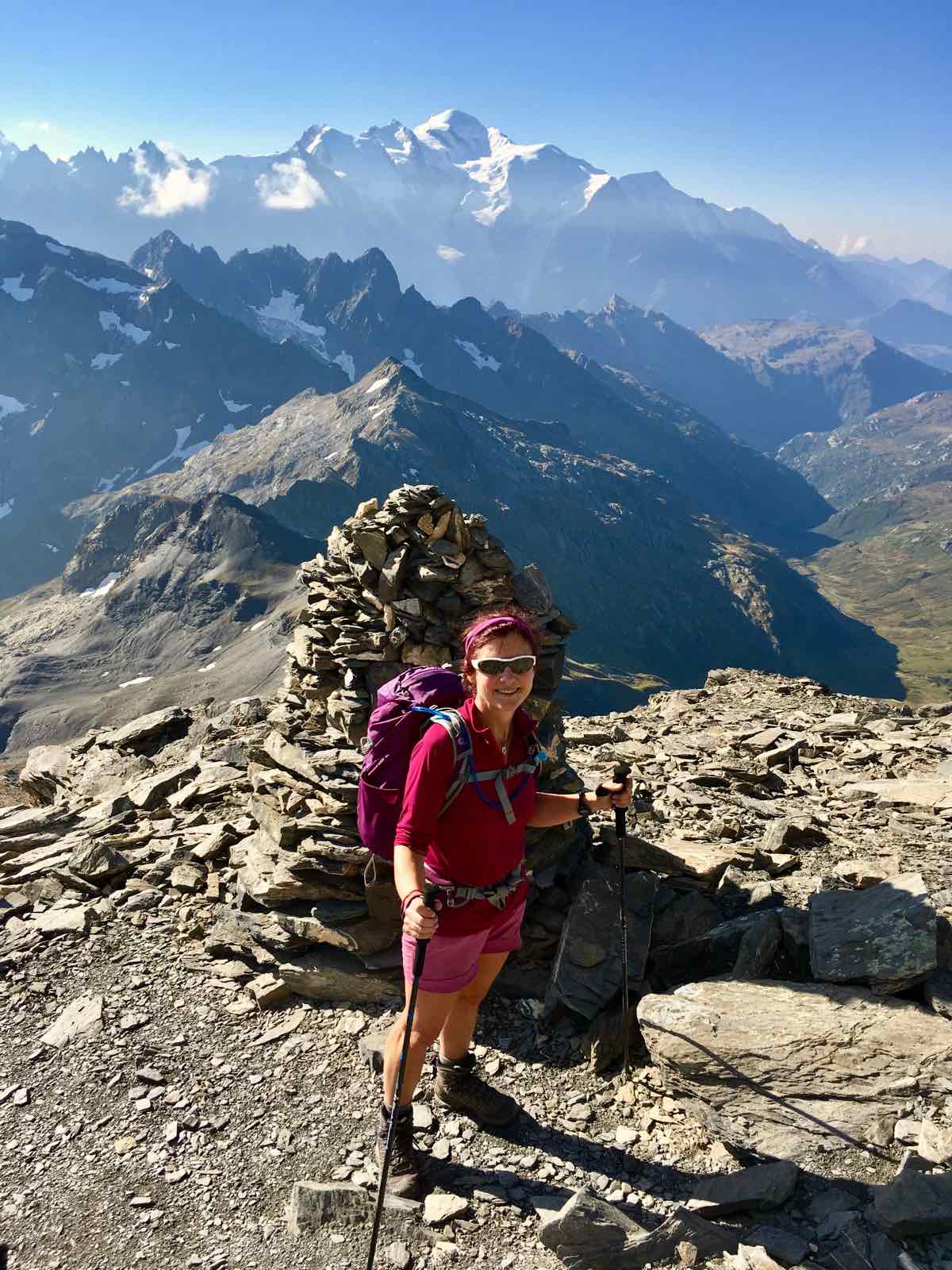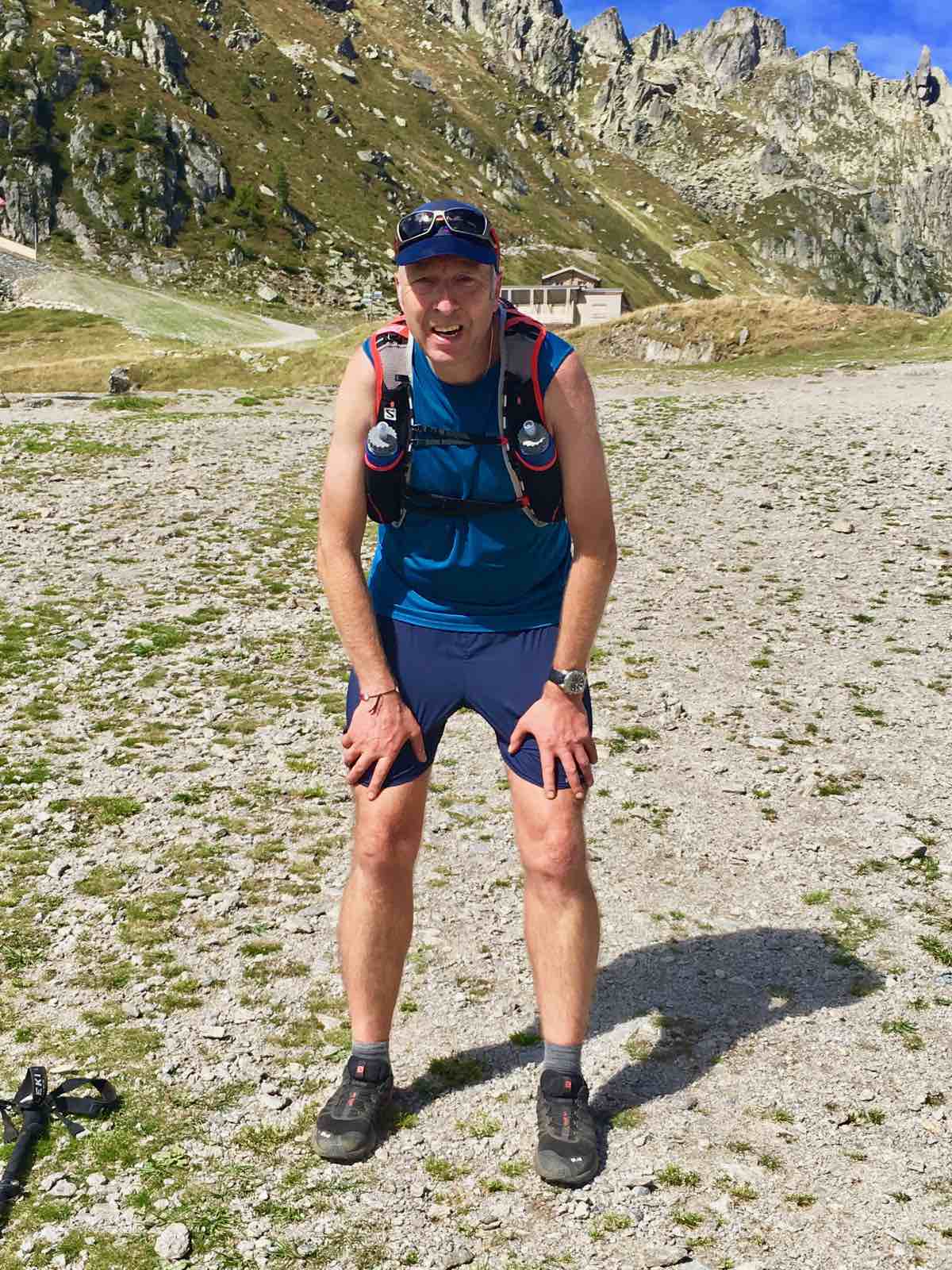[Editor’s Note: iRunFar contributor Morgan Williams sustained severe injuries in a fall while trail running in June of 2016. He’s previously written twice about the injury and his recovery. In this third (and final?!) narrative, Morgan writes about returning to a new version of running.]
“My dream is to run the beautiful rocky ridgeline a stone’s throw away from home, between the cross and the monument, as it twists above the gorgeous Dales villages of Rylstone and Cracoe. Six miles. I’ll leave that until warmer months when the ground is dry. After that, who knows?”
This is what I wrote in my last essay on iRunFar, this past March. A runner’s legs will always want to run, their eyes to cast themselves over far-reaching views, their veins coursing with the dreams of the next run, the last trail, the forever road. It is in our blood to dream.
The Dream
I don’t dream–about the accident that is. That’s actually a bonus, considering how unpleasant it’s been to live through.
I can remember it, of course, and what followed. Not what caused the landing, but the landing itself. The rupturing of two left-knee cruciate ligaments. The splintering of the head of my left tibia as it slammed into the base of my femur. The snapping of the right collarbone as the savage weight transfer threw me to the ground. The 40-minute descent of steep, rough ground to where my wife, Alison, waited to pick me up. Regaining consciousness after the two surgeries, struggling out of the dark depths of chemically induced oblivion. The month of messing around with needles to inject myself with Fragmin, a medication meant to stave off blood clotting. Getting moving on a walking frame and later crutches. Learning to walk again without some kind of physical support. The endless sessions and the brutal pain as I worked with the physios to get as much flexion as possible back into the ruined joint.
It’s been a long road. Longer than any ultramarathon I’ve run. More demanding, more draining. Brutalised bones, muscles, and soft tissue but without the miles. A different kind of endurance. It’s not over yet, but I’m happy with the effort I have given to my recovery so far. And looking back, I can see now the points where I’ve made real leaps forward, when my new life started to take shape.
In March of 2018, Alison and I venture to La Gomera, one of Spain’s Canary Islands. Small, steep, and with a varied landscape and glorious flora, it’s a walker’s paradise. The landscape changes with altitude and compass point: the cloud forest’s mysterious beauty, the strangeness of unknown succulent plants, and red sand underfoot as if we are on Mars. We book a holiday where we don’t have to do too much planning or thinking. Over six days, we manage 85 kilometres of delightful trail travel with plentiful up and down. My knee behaves as well as I have any hope to expect. The week represents tangible progress. We promise to return and explore the island further.
It’s the 20th of May and we’re walking ‘the ridge.’ That ridge, the one I dream about. I’m in hiking gear but have my beloved Salomon S-LAB Sense Ultras on my feet. As we begin the descent from the Cracoe monument, gravity has its way with me. I trundle down the fell, my best impression of an arthritic tortoise, and arrive safely at the point where the fell flattens out. After weeks of walking in the hills, this development–a motion that’s no longer walking but not quite running–is perhaps inevitable. And, of course, the mind quickly processes the potential next steps forward. Is now the time to attempt real running on the rough stuff?
A week later, on the 27th of May, and quite naturally it seems, I’m back on the ridge; this time I’m actually running. I insist that Alison comes with me as my minder. It all feels a little bit strange. I’d like to be able to record overdoses of emotion and delight in the natural world around me, but my concentration on the basics has to be absolute. I have to keep an iron grip on body and mind and there’s not much bandwidth for anything else. It’s as if I’m on the most technical of descents all the time. Even so, it’s a delight to be finally running up and, I hope, down a hill.
The uphill passes smoothly. I walk a steeper section of the initial climb and jog gingerly and walk along the heathery crest to the cross. As it always has, the elevated view of a landscape feeds my soul and brings a smile to my face.
The ridge itself is brilliant. Small outcrops to navigate, soft peat underfoot and, on that day, no people to worry about. The descent from the monument though, I find really problematic. The ground is simple, non-technical, grassy. But strange forces are at work, physically and mentally, and I reach the flatter section at the base of the steeps quite drained. I pick up on the lesser gradient and complete the nearly six miles in one hour and 20 minutes of honest effort. Perhaps I should be elated at this step forward, but my reaction is muted. At best, this is the beginning of the final stages of the recovery.
Just over two weeks later, I seek out a lovely, grassy uphill trail a short drive from home, the normal route up Great Whernside from the village of Kettlewell. Alison is with me again. At Hag Dyke Farm, she presses on to the fell’s summit and I find a delightfully angled slab of rock on which to rest in the evening sun until she returns so that we can descend together. I lie contemplating the beauty around me, the gorgeous mix of sunlight and shadow. If 35 minutes of uphill running every now and again in glory like this is what my running life now offers, that could be enough. Yet if I admit it, the blood still runs hot in me, and it’s difficult not to want more. We ultrarunners always want a bit more.
Reality
Over the next month or so, I run the ridge a few more times, return to Great Whernside twice, and run some routes close to home of a civilised nature, all solo. Dreams are all very well but by the end of July, it’s time to take stock.
Together with my colleagues in the 0.02% Multi-ligament Injury Facebook Group, I’m all too familiar with the expression ‘new normal,’ the pithy phrase that attempts to encapsulate where each of us might end up having recovered as best we can from what the academics and clinicians refer to as a ‘devastating injury.’ This simple phrase belies recovery’s brutality, the physical and mental strain involved, the huge uncertainty of the process, and the potential–however unlikely–for the repair work to fail.
I can’t forget the consultant surgeon’s words “you’ll never run on that knee again” when he and I first met in hospital, right after my injury and before the emergency surgery. These words lurk menacingly, like a summer storm at the horizon, almost out of sight but never out of mind. I’ve exceeded expectations but I can’t take anything for granted. I just have to press on, exploring the twists and turns of the recovery trail until, perhaps, I can conclude I’ve achieved my new normal.
After my first number of runs back in the hills, I toss around the multitude of thoughts and reactions. This reflection delivers a summary of blunt lucidity on the state of my unruly body. The uphills are going pretty well, and the discomfort I feel every minute of every day is no worse running uphill than my post-accident normal. The downhills are a different matter. My knee’s lack of flexion inhibits the downhill-running action, the strain on the left weight-bearing joint triggers pain, and the mental strain arising from the extreme care needed to run downhill leaves me wasted after only a few hundred feet of descent.
If the downhill gradient exceeds a certain pitch, my body walks of its own volition. If my eyes can’t see my feet because of bracken–the ubiquitous large, coarse fern that can grow to head height–and heather, my body slows me right down. Technical ground delivers a similar slowing, often to a walk. I can’t yet pick my left leg up as high as I would like. Unresolved nerve damage means there’s a slight slowness in reaction from my left leg. Part of a second sounds like nothing, but in the blurred, instinctive, yet utterly focussed world of the downhill runner, it’s as good as a lifetime.
Even now, 24 months after the emergency knee surgery, I notice a strength imbalance between my legs. The left side tires more quickly. I have to be constantly aware of holes in the terrain or anything that might cause a bad twist; even the thought of a twist of my left knee gives rise to gentle nausea. It’s not the fear of more pain and suffering that makes me feel ill, rather the realisation that any further major damage would likely spell the end of an active life of any sort. Ground conditions are now a significant issue; like it or not, I’m a fair-weather runner now, on all but the most friendly of terrain.
The body doing its own thing is distinctly counterintuitive for someone who has spent many years using the brain to overrule the body to get to finish lines, fell tops, and other places of trail runners’ dreams. But other forces are at work now, protective ones, and I’m happy to comply.
This taking of stock isn’t a litany of sorrow. It’s not a hankering for things to be as they were. It’s the polar opposite. This is my explicit attempt to understand the limitations of my new normal in order to explore the boundaries of what is, or might be, possible within it.
I’ve followed Adam Campbell’s recovery from his mountain accident with great interest. We have very different injuries and have had very different recovery paths, but I see a similar approach to our lives as they now fit us. Adam has come to a peaceful acceptance of his own new normal. Rather than focus on the things he cannot do, he has developed an appreciation of the things he is able to do. In short, you can’t dwell on your limitations. I hope I’m following in his footsteps, in my own way.
That Adam says his accident and recovery have made him a better person strikes a chord in me. I can’t afford to make rash choices now and restraint comes naturally. The long-term nature of the process has reinforced the patience that very long mountain races taught. I am much more understanding of the physical and mental struggles of others. I have deep gratitude for the skills of the surgeon who took four-and-a-half hours to repair the chaos in my knee, all courtesy of the U.K.’s National Health Service, at no financial cost. And the help and support of friends and most importantly loved ones has been critical to the effort. I appreciate my friends and family and their contribution to my life like never before. Alison is the bedrock on which my recovery is built, caring for me through the days of immobility, then encouraging, cajoling, and yelling when necessary after I was back on my feet. Pushing me slowly but surely onto the next milestone. I don’t thank her enough.
I remember reading Christopher McDougall’s Born to Run for the first time, years ago. It taught me something very important encapsulated in this extract: “Strictly by accident, Scott [Jurek] stumbled upon the most advanced weapon in the ultrarunner’s arsenal: instead of cringing from fatigue, you embrace it. You refuse to let it go. You get to know it so well, you’re not afraid of it anymore.”
I took this lesson on board and, in my own ‘somewhere in the middle of the field’ way, it was gently revelatory in terms of the way I approached my races. Is it possible, I wonder, to contemplate a state of mind where the effects of trauma could be similarly welcomed in, in the like manner to suffering voluntarily created and accepted? Welcoming beyond simple acceptance? To not be afraid? Time will tell.
Redemption
Chamonix, France, a much-loved town with a big place in my past history. It’s September now and Alison and I desperately need a holiday. We’ve formed the view that it is time for the next leap forward with my recovery, and it is here where we will jump. We are familiar with the valley in which Chamonix lies and this makes it simple enough for us to plan out a series of challenges in the local mountains. The weather is great, unseasonably warm, in fact. The knee, which doesn’t love my homeland’s naturally moist climate, is on vacation, too.
For 18 nights, we camp in the village of Les Praz de Chamonix, just up-valley from the main town, in the shadow of Le Petit Dru. The mountain looms over us, showing us its many moods. We see the mountain wreathed in early evening clouds, before the temperature drop causes them to disappear with a magician’s flourish. We look awestruck over its tremendous granite pillars cast into light and shadow by the sun. We dream of Walter Bonatti and his eponymous Pillar, now fallen from on high and returned to the ice, gravel, and dust of the glacier below; a reminder of the implacability of nature. Le Dru, like the Matterhorn, is the very essence of a mountain, super-charging both our imaginations and fueling our desire for daily adventure.
Toward the end of our holiday, evening finds us in the Refuge de la Pierre à Bérard above the villages of Le Buet and Vallorcine, up-valley and northeast of Chamonix. It’s been years since we climbed Mont Buet. The climb up beyond the refuge is horribly rough in parts, with a chaos of huge slabs and boulders canted at ridiculous angles to work through. The summit stands at 3,092 metres. Then a significant descent, on my dodgy knee. It’s a big mountain day, the sort I thought might be over.
We haul out of the refuge early and work hard on the climb in relative cool. There is always something compelling about climbing up toward the warm sunshine. The technical sections require great care, and my poles are vital. The upper reaches are dry and dusty, less technical but steep. I’m slightly stunned to be on top in two-and-a-half hours as the guidebook and signpost listed this climb as three hours and 50 minutes. The summit is a marvellous viewpoint.
The testing 1,900-metre descent takes its toll on my left knee but it survives remarkably well. A cold beer at the Hotel Le Buet, an ice pack in the van freezer, and a good night’s sleep soon has it feeling back to ‘new normal.’ The prospect of long, tough mountain days is back in view. This big step forward causes so many more possibilities for the future to tumble around my head, even if they don’t yet dare come out of my mouth.
A couple of days later, I find myself in the Place du Triangle de l’Amitié, just south of the church in Chamonix, an open space named for the friendship and closeness that exists between the three Alpine nations of France, Italy, and Switzerland. In fitting fashion, this square also acts as a start and finish line for so many Chamonix-based trail races. How many times have I stood in this spot, waiting to go or arriving tired but immeasurably happy? The memories come crowding in, at first just small shards of celluloid that quickly merge and form into something that would flow easily over the moving parts of a movie projector. Trail des Aiguilles Rouges, Cross du Mont-Blanc, Marathon du Mont-Blanc, 80k du Mont-Blanc, two CCCs. The best-paced race of my entire career, UTMB 2012, when I gained 60 places in the final 10 kilometers as others struggled to close out the race. And the Vertical Kilometer du Mont-Blanc: 1,000 metres of climb over perhaps 3k of distance on the ground. A bit of fun one year when I wasn’t running long.
I’m in running gear with a pole in each hand. Somehow, in a brief moment of calm as the hubbub of the town on a Saturday morning dies away, I realise that the last months have been building to this point. Running long is gone. Running down is gone. But is uphill foolishness still possible?
The VK course starts on tarmac. There’s a ridiculously steep section just after the lower Planpraz télécabine station. Then the surface changes to track, and quickly an acute left turn into the first of the impossible number of narrow zig-zags that take you up the mountain. Alison is either just behind me or just in front, like a grown-up safety measure. She provides encouragement, as she has for the past 26 months, often with words but just as much with her physical presence.
Despite my lack of running fitness, I’m happy to find I run the zig-zags to a point beyond where I was able when I raced the course some years ago, likely the result of a very steady start up the tarmac section. The realisation makes me grin broadly. The inevitable happens after perhaps 200 or 300 metres of the ascent as I reach vascular overload: I start to hike as hard as I can. The poles really help. The terrain is mostly civilised.
Down in the Place, I tried to make it clear to myself that time was irrelevant, unimportant to this effort. There is, however, a certain inevitability in the fact that I’ve pressed start on the stopwatch. Old habits die hard and the runner’s blood flows hot.
I’ve popped through the cloud of the temperature inversion, and I’m suddenly surrounded by hot heat. Sweat pours off me. My memory has forgotten how steep and technical the final 300 metres are, with cables, ladders, and footplates. The poles become a distinct liability. I’m tempted to hurl them into the abyss but instead keep hold and do my best to keep them away from my feet and legs. Whilst the adrenaline that would be coursing through my body in a race situation is not there and though I feel my effort declining, my will remains strong. As importantly, the damaged knee has little to say for itself bar the odd moan when I ask it to step up too high and I get close to the flexion pain point. Eventually, I reach the upper télécabine station, work up some flights of metal steps, and spill back onto the dusty trail. I make myself run the final hundred metres or so of distance and then gratefully stop where I know the finish arch would be if this were the VK race. One hour and 21 minutes.
In our dreams, we are free. The high mountains of the Alps, the low hills of the Yorkshire Dales, a snowy col in the Himalaya, sunsets over the South China Sea. No person and no thing–not even a bum knee or the perfectly rational reasoning of the surgeon who fixed it–can touch, confine, or take away our dreams. But the freedom to turn those dreams into the reality of everyday existence is entirely different. There are many real-world tethers to our freedom.
Now, here I am, 1,000 metres above Chamonix courtesy of my own two working legs, my dream of pursuing physical goals made real, substantial, not formless. This will become a pivot point of my life. No, this is a pivot point, and I can feel the metamorphosis happening, as though I’m emerging from some hard, restrictive shell. Real freedom pulses in my veins.
My second life up here beckons. Mountains are my continuing metaphor for the ups and downs of life. I’ll see you out there. I’ll be the one trying to run the uphills. All of them.
Call for Comments (from Meghan)
- Have you felt like a different or new person when returning to your sport after a long injury or other forced break? What was it like?
- Have you suffered an injury or disability which has affected your relationship with running through time? Would you be willing to share what the experience has been like?
- What power does the dream of sport, movement, and time in nature have when you are in the throes of recovering from injury?
